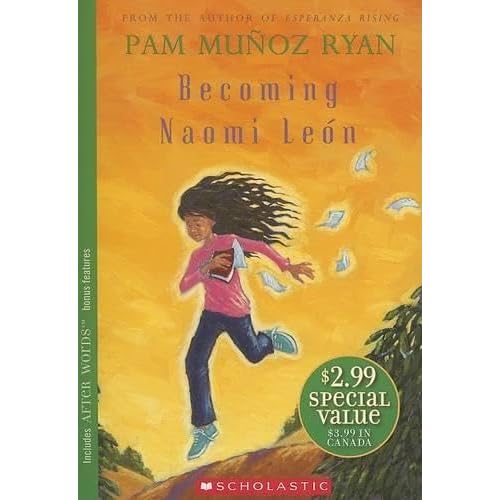
Summary: Gr. 6-12. Hilarious and anguished, these 10 short stories about growing up black today speak with rare truth about family, friends, school, and especially about finding a boyfriend. Erika is a "ghetto girl" who likes white boys; she can't help it, and the other black kids in school can't stand her, because they know. Class is a big issue for Erin, who steals clothes so he can take a suburban girl to the homecoming dance. The church girls are forbidden to date, and they get hurt when they go hunting for boys. But their well-meaning parents don't have it right, and the girls won't stop looking. As with Janet MacDonald's fiction, the talk here is wild, angry, and outrageous, but there's no overt sex or obscenity. Yes, there are messages, but the narrative is never preachy or uplifting; it's honest about the pain. When one girl's boyfriend hits her, she apologizes "just like my momma does when daddy slaps her." The best advice comes from a dad who abandoned his family, who now tells his teenage daughter how to avoid getting stuck with someone like him ("you is so much more than a pretty face and a tight pair of jeans, some boy's girlfriend or some man's wife"). Not everyone makes it. The stories work because Flake never denies the truths of poverty, prejudice, and failure. Hazel Rochman Copyright © American Library Association. All rights reserved --This text refers to the Hardcover edition. Purchase



























